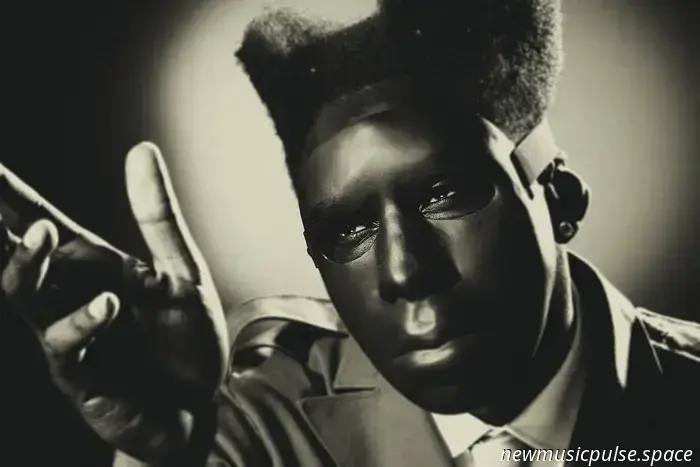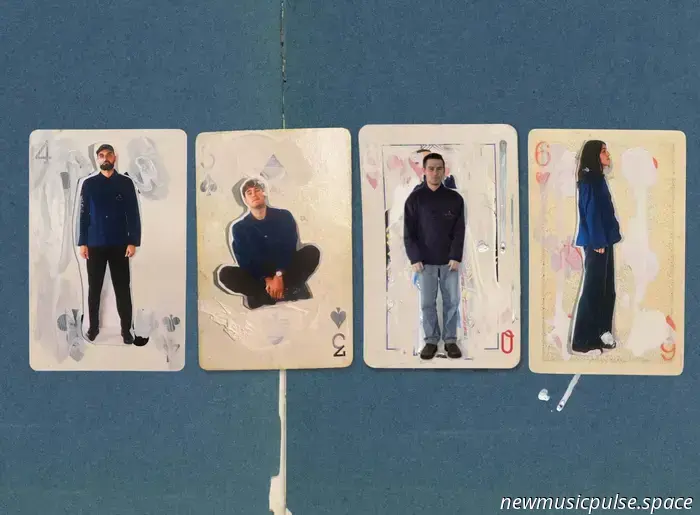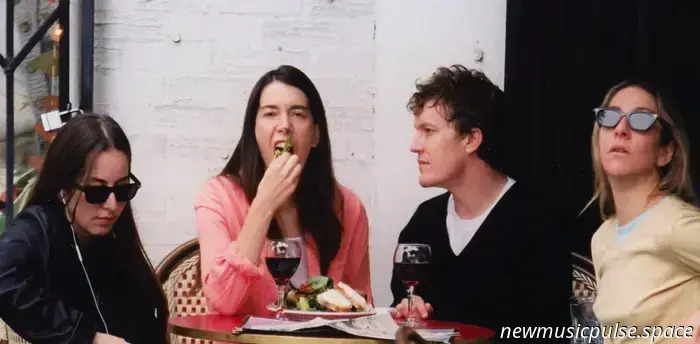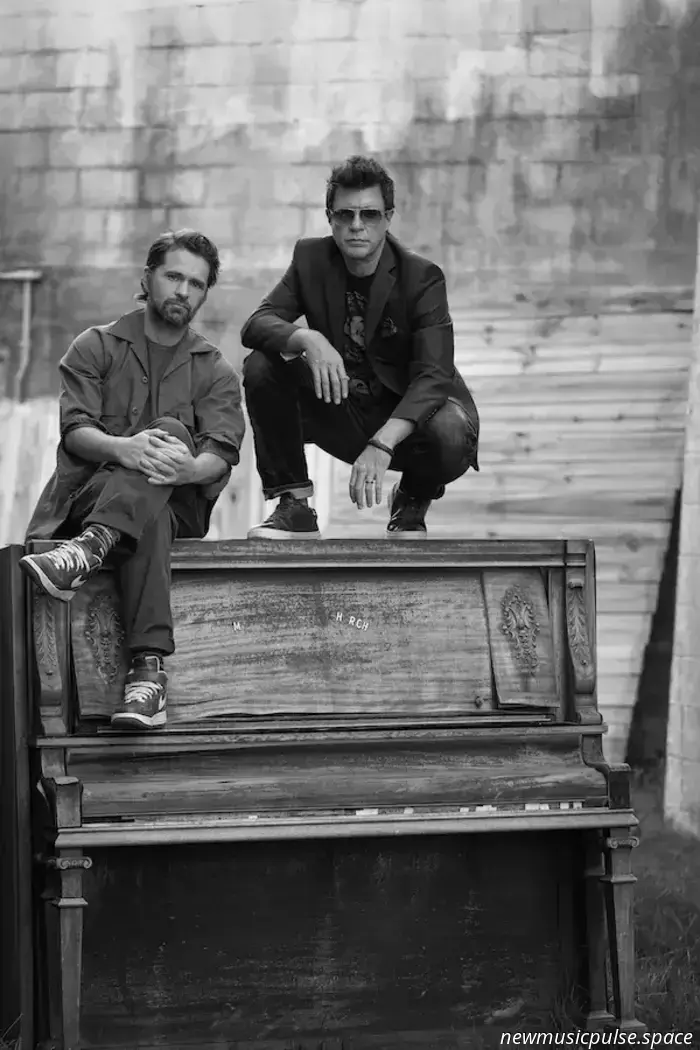
Although my childhood was filled with beauty, it was also characterized by frequent separations, requiring me to divide my time among the homes of my close relatives. As I matured, I became more accustomed to "temporary" residences than to stability, leading to a persistent restlessness that made it difficult to find a place to settle. For years, I have sought to reconnect with the idea of “home” – a collection of memories residing somewhere in my past that I long to reclaim. A couple of years ago, I fell in love with someone extraordinarily special, which helped me realize the true essence of the word “Home” – perhaps it can manifest as a person or a feeling, rather than just a physical location.
It’s challenging for me to dissociate the term “Home” from “Family.” Reflecting on my past, I recognize that the displacement my grandmother experienced during the Holocaust likely influenced my own understanding of Home, as well as that of my family.
My grandmother was compelled to flee her home in Vienna at the tender age of six to escape danger. She recalls the terrifying noise of Nazi soldiers storming her building, kicking down doors and dragging people from their homes. By sheer luck, her apartment was overlooked, but that night they left with only the clothes on their backs and a small amount of cash. Their journey stretched over weeks, involving nights spent in barns and forests, relying on the generosity of strangers for food and supplies, and narrowly escaping threats on several occasions. At one point, they were captured by SS soldiers and imprisoned. During a search that involved confiscating their belongings, my six-year-old grandmother tore the limbs off her teddy bear—her sole possession—and threw them at the guards’ feet. They managed to escape the following night, thanks to a compassionate police officer who secretly released them from their cell and provided directions to safety.
When they eventually arrived at the boats in Holland, chaos reigned. Amidst the chaos, my grandmother and her mother secured tickets and fought their way onto the final boat heading for England. Unfortunately, the relatives traveling with them were not so fortunate and were left behind.
Upon arriving in the UK, War Resisters International provided crucial assistance, including food, housing, and education, among other essential resources. My family was placed in Chesham, receiving a fully furnished home through local donations. The house came equipped with everything necessary for starting a new life, including pictures on the walls (one of which now proudly hangs in my grandmother’s sitting room). She was enrolled in a local school where she learned to speak English.
The German language, once associated with home and past traumas, faded into silence.
Thanks to this support, my grandmother gradually integrated into British society. Now at 92, she speaks Queen's English and proudly identifies as English, not Austrian. There’s a subtle irony in her story—someone who once arrived as a refugee now fully embraces the country that welcomed her. She refers to it as her true home.
In her twenties, my grandmother ventured to Morocco seeking adventure. She took a childcare job with a French family, met a Moroccan man, and fell deeply in love. Their bond was delicate—his Muslim background and their cultural and religious differences led to his family disowning him. Despite this, they envisioned a future together. Tragically, during an agricultural trip to the Atlas Mountains, he was poisoned along with others and died—never allowing her the chance to tell him she was expecting their child.
That child was my mother.
My grandmother returned to England and gave birth to an illegitimate child, an event heavily looked down upon by the rest of the family, who had worked hard to assimilate. They chose to remain silent about it, perpetuating a recurring pattern. Consequently, my mother grew up unaware of her biological father’s identity, grappling with identity loss and a sense of belonging. Correspondence and photos of him were destroyed, except for one faded picture that I have saved on my phone.
Our origins influence us, often more than we realize. But what happens when those roots are blurred, erased, reinvented, or unknown? Home then transforms from a fixed location into something internal: a feeling, an instinct, a memory you carry without fully recalling.
So, what constitutes home? Is it safety? Belonging? Love? Movement? Resistance? For me, it embodies all of these simultaneously. Writing this song, “Home,” has prompted me to ponder more questions than I have answers for, and I wish to extend that space to you.
What does Home signify for you?
‘PRAISE ANIMAL’ is now available.
Photo Credit: Jack Eames

LA songwriter Madison Cunningham has released her new album 'Ace'. Renowned for her guitar skills, Madison has collaborated with several prominent artists, both

He will be accompanied by Turnstile, Vince Staples, and Danny Brown for the event at Victoria Park next summer.

Emerging four-piece MARSY has released their first single through Heavenly Recordings. The group is led by Hannah Rodgers, a songwriter who has dedicated the

Haim and Bon Iver have collaborated on a new single titled 'Tie You Down'. Haim has recently made a comeback with their impressive new album 'I Quit', and they performed an unexpected set at Glastonbury.

Bonneville has offered a soaring rendition of Led Zeppelin's song 'Ten Years Gone'. The band is deeply rooted in rock history, with a love for classic guitars and a

On their eagerly anticipated debut album ‘portals//polarities’, London trio Night Tapes have embraced their surroundings, emphasizing intimacy, texture, and emotion.
Although my childhood was lovely, it was characterized by regular separations, and I frequently needed to divide my time among the homes of close relatives. As I